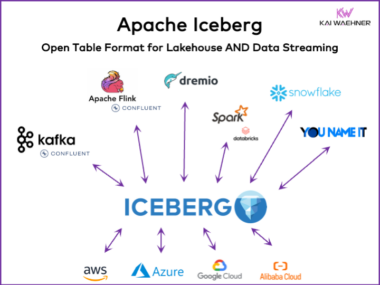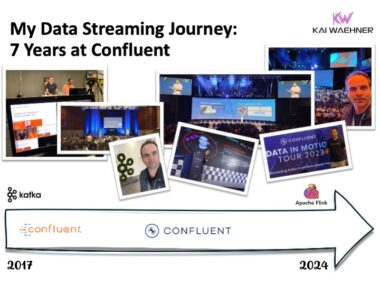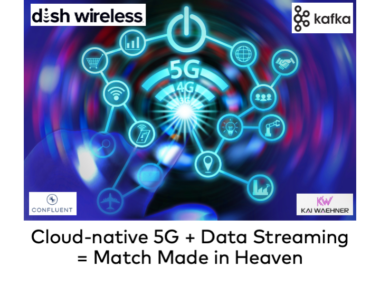Apache Kafka Cluster Type Deployment Strategies
Organizations start their data streaming adoption with a single Apache Kafka cluster to deploy the first use cases. The need for group-wide data governance and security but different SLAs, latency, and infrastructure requirements introduce new Kafka clusters. Multiple Kafka clusters are the norm, not an exception. Use cases include hybrid integration, aggregation, migration, and disaster recovery. This blog post explores real-world success stories and cluster strategies for different Kafka deployments across industries.














